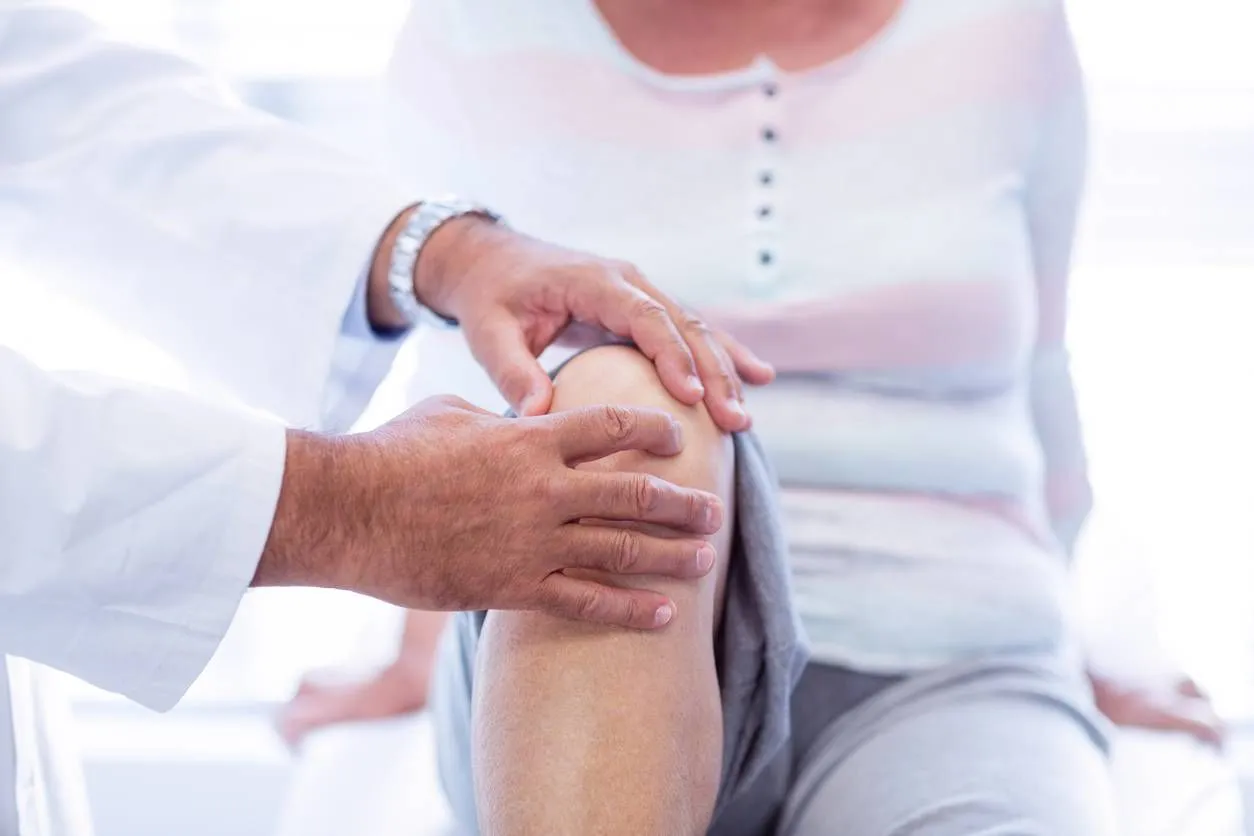There was a time when the physicians used to recommend NSAIDs (Non-Steroidal Anti-Inflammatory Drugs), especially aspirin to reduce the risk of stroke or heart attack. However, the scientists in Montreal confirmed contrarily in 2017 that the current use of NSAIDs significantly increased the risk of a heart attack.1 Therefore, some questions arise. Is the use of NSAIDs a good idea, especially if you are planning a Platelet-rich plasma (PRP) therapy? Do NSAIDs affect the PRP function? Is there any downside? Several research studies report negative results. Let’s dig in.
WHAT IS PRP THERAPY?
Platelet-rich plasma therapy is used to treat varied conditions ranging from orthopaedic ailments to hair loss issues. It has emerged as an effective, promising alternative to surgery. PRP is prepared by concentrating the platelets rich in growth factors in your blood like platelet-derived growth factor (PDGF), transforming growth factor-beta (TGF), vascular endothelial growth factor (VEGF), epidermal growth factor (EGF), fibroblast growth factor (FGF), and connective tissue growth factors. Once the physician injects these concentrated platelets into the damaged tissues, they slowly release the growth factors to promote natural healing. However, what you take as far as daily medications may impact the efficacy and natural healing of the PRP.
WHAT ARE NSAIDS AND ASPIRIN?
NSAIDs (Non-Steroidal Anti-Inflammatory Drugs) are a class of standard household medication used worldwide to reduce pain and inflammation. These can also reduce fever, hence, are recommended for short- and long-term diseases/conditions such as flu, arthritis, backpains, dental pains and other conditions. NSAIDs are available as over the counter medication and prescription. Among the NSAIDs, aspirin is the most well-known drug across the world. It has been widely used since just before the 20th century (1899). Aspirin alone stands out due to its increased blood-thinning ability. Hence, aspirin can effectively prevent blood clot formation.
So is NSAIDs and aspirin use a good idea? Some studies suggest probably not if you are planning a PRP treatment. Let’s review.
WHAT IS THE ROLE OF NSAIDS IN THE PRP TREATMENT?
Even though NSAIDs are effective pain relievers, they hinder platelet activation and aggregation by inhibiting cyclooxygenase (COX) enzymes. This inhibition will consequently prolong the bleeding time and platelets will not be able to secrete the growth factors.2 Due to this impaired platelet function, patients consuming NSAIDs will not have any therapeutic effect when undergoing PRP treatment.
However, there is a difference between the effects of aspirin and non-aspirin NSAIDs upon the platelets. Aspirin irreversibly inhibits cyclooxygenase enzymes; therefore, its actions stay for the lifespan of the circulating platelets (about 8–10 days). Where non-aspirin NSAIDs reversibly block cyclooxygenase enzymes and, hence, the extent of their action depends on the relevant drug dose, half-life and serum level.3By discontinuing the consumption of NSAIDs, especially Naproxen for a minimum of one week before PRP treatment,it may improve the secretion of biological factors.4
So what does it mean if you are taking NSAIDs and are planning to undergo a PRP treatment? It means your NSAIDs use, especially aspirin, could sabotage your PRP treatment leading to less desirable outcomes than what they could be.



